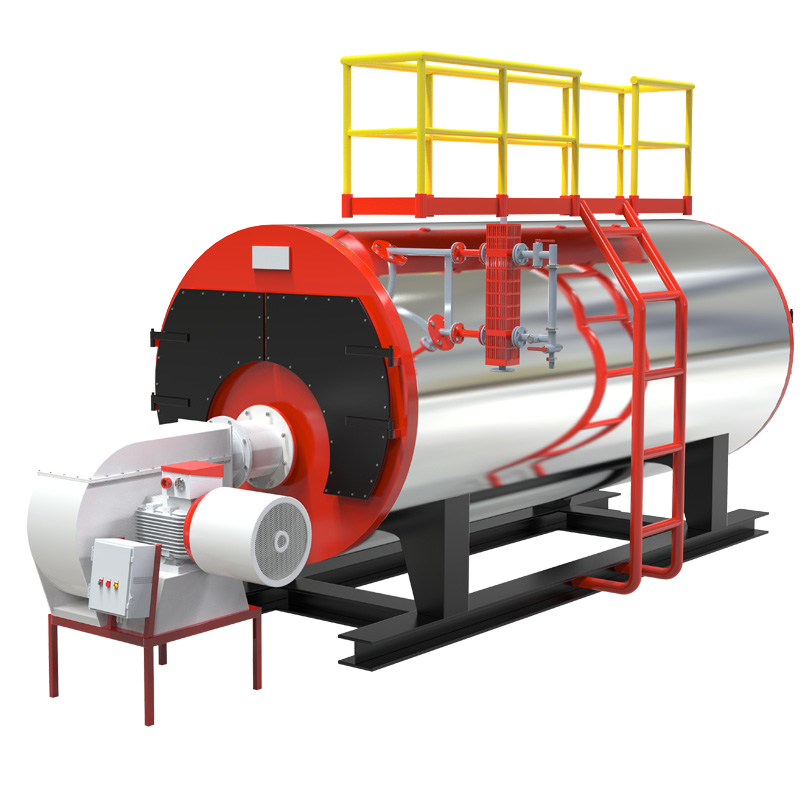
Қыр . 10, 2024 19:42 Back to list
low temperature hot water boilers
Understanding Low Temperature Hot Water Boilers
Low temperature hot water boilers are increasingly recognized for their energy efficiency and environmental benefits, making them a popular choice for heating systems in residential and commercial buildings. These specialized boilers operate at lower temperatures than conventional heating systems, which often rely on higher temperature outputs to achieve comfort levels. Understanding their design, operation, and benefits can help consumers and businesses make informed decisions about their heating needs.
At the core of low temperature hot water boilers is their operation principle. These boilers typically operate at temperatures below 140°F (60°C), making them ideal for systems that incorporate underfloor heating, radiators, or fan coil units. By maintaining a lower water temperature, these systems can achieve significant energy savings since they require less fuel to heat water to the desired level.
One of the primary benefits of low temperature hot water boilers is their compatibility with renewable energy sources
. For instance, they can work seamlessly with heat pumps and solar thermal systems, increasing overall system efficiency and sustainability. The ability to integrate these technologies not only reduces energy costs but also diminishes greenhouse gas emissions, contributing to a more sustainable future.low temperature hot water boilers

Another advantage lies in the reduced heat loss during operation. Traditional high-temperature systems often cycle on and off frequently, leading to inefficient energy use and higher emissions. In contrast, low temperature systems can operate more steadily, which reduces thermal fatigue and enhances the longevity of the heating equipment. This steady operation helps in maintaining a more comfortable indoor environment, as it leads to fewer temperature fluctuations.
Furthermore, low temperature hot water boilers are increasingly equipped with advanced control systems that provide precise temperature management. These controls can optimize the system's performance based on real-time data, ensuring that the heating output matches the building's demands effectively. Such smart technology not only maximizes energy efficiency but also minimizes operational costs, making it a financially astute investment in the long run.
In terms of installation and maintenance, low temperature hot water boilers offer flexibility. They can be installed in various settings, including new builds and retrofitting older buildings. Additionally, their lower operational pressures and temperatures make them safer to operate and maintain compared to traditional high-temperature boilers.
In conclusion, low temperature hot water boilers present an innovative solution for energy-efficient heating. Their compatibility with renewable energy sources, reduced energy consumption, environmental benefits, and modern control technologies make them a viable and responsible choice for today's heating needs. Whether for residential or commercial applications, opting for a low temperature hot water boiler can lead to significant long-term savings while contributing positively to the environment. As the demand for energy-efficient solutions continues to grow, these boilers stand out as a forward-thinking choice in modern heating technology.
-
Efficient Biomass Fired Hot Water Boiler | AI Heating Solution
NewsAug.01,2025
-
High-Efficiency Gas Thermal Oil Boilers | HPT Models
NewsJul.31,2025
-
Oil Fired Hot Water Boilers Sale - High Efficiency & Affordable
NewsJul.31,2025
-
High-Efficiency Commercial Oil Fired Steam Boiler for Industry
NewsJul.30,2025
-
High-Efficiency Biomass Fired Thermal Oil Boiler Solutions
NewsJul.30,2025
-
High Efficiency Gas Fired Thermal Oil Boiler for Industrial Heating
NewsJul.29,2025
Related PRODUCTS






















